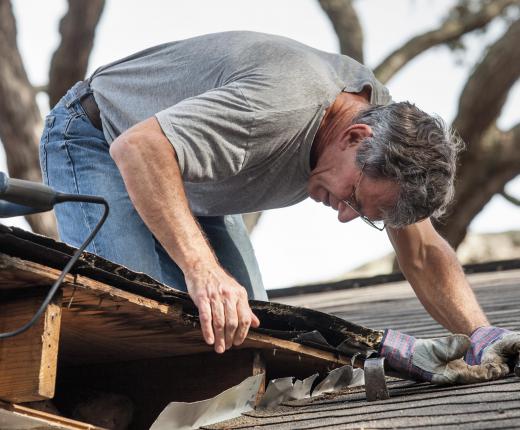Asbestos is a useful material made of six different fibrous minerals: chrysotile, crocidolite, amosite, tremolite, anthophyllite, and actinolite. These minerals come from mines throughout the world, including mines in such locations as South America, Australia and Canada. Best known for its heat retardant capacity, asbestos is used in such products as roofing shingles, automobile brake pads, floor tiles, and assorted gaskets. Wraps made of this material were also commonly used over the years to insulate heating ducts and water pipes in homes, offices, and other buildings.
While asbestos has some outstanding benefits and is part of a number of useful products, it also has numerous hazardous aspects to it. Individuals exposed to its fibers can suffer lung damage, heart damage, cancer, and other disabilities. Exposure has also proven deadly. The negative aspects of this material have caused quite a stir since the 1960s, when many of the problems associated with this material were discovered. Lawsuits seeking damages for asbestos-related disabilities and deaths have often been in the news.

In general, almost everyone has been exposed to some sort of asbestos. The fibers enter the air and water during the routine breakdown of products made from it. These fibers neither evaporate nor dissolve. For example, when the brakes are applied to a car, asbestos fibers are released into the air. While such limited exposure is not necessarily cause for alarm, repeated exposure, or exposure to large amounts, can lead to the problems described earlier.

Employees of businesses that mine asbestos minerals or make products from it have a much greater risk of exposure than the average citizen. Citizens who live near asbestos manufacturing plants also risk exposure. Asbestosis is the term used to describe the disease for those who suffer from lung-related problems due to exposure. Mesothelioma is a serious disease that may result from overexposure to this material.

In light of the many concerns about this material, many homeowners, schools, and businesses have sought to have the products removed from their premises. Typically, the removal process, known as asbestos abatement, requires compliance with strict procedures to ensure hazardous fibers are not released into the air, and thus endangering others. While working on hazardous projects like this, the abatement workers wear protective clothing and masks to ensure their own protection.
